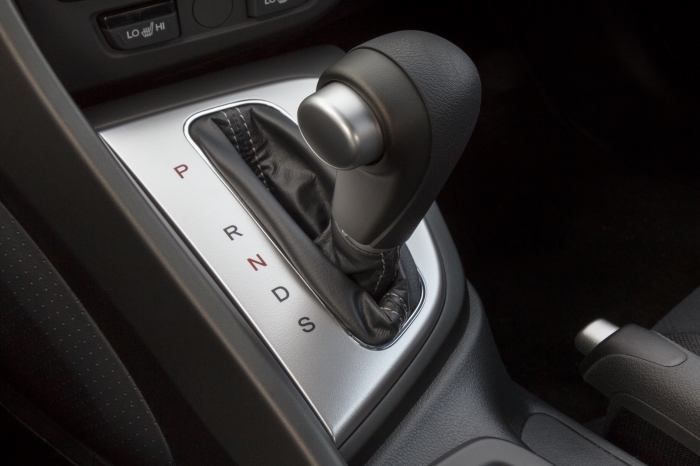An automatic car transmission may seem quite simple – you just put it in ‘drive’ and go. However, with most things automotive, it’s a lot more complex that it appears! Most drivers choose an automatic transmission over a manual because of convenience, but auto transmission gearboxes still require a little attention and some regular maintenance to keep them running better for longer.
Automatic Transmission Vs Manual Transmission
The majority of vehicles these days have automatic transmissions. Rather than utilizing a clutch, an automatic transmission uses a torque converter. This is a fluid coupling which utilizes a separate pump and turbine spinning in opposite directions within the converter itself, allowing the engine to spin independently of the transmission.
There are two big differences between an automatic transmission and a manual transmission:
- There is no clutch pedal in an automatic transmission car
- There is no gear shift in an automatic transmission car. Once you put the transmission into drive, everything else is automatic.
Both an automatic transmission and a manual transmission accomplish exactly the same thing, but they do it in totally different ways.
Maintaining an Automatic Transmission
The automatic transmission is one of the most complicated parts of the vehicle so when issues arise, repairs can be complex and expensive. In addition, transmission problems can make your car unsafe. It’s good to know that a car’s automatic transmission can last for a long time if it is well taken care of, so let’s look at some handy maintenance tips:
- Watch out for leakage – Regularly check for any leakage under the car. Even though it may not necessarily be leakage of the transmission fluid, you should consult a professional automotive mechanic if you happen to discover any kind of leak.
- Changing transmission fluid – Check auto transmission fluid’s level and condition on a regular basis. This way, you will know when it is time for a change. Transmission fluid should be more of a red colour than a dirty brown. You should check your car owner’s manual to determine the appropriate interval to change the transmission fluid, however the general recommendation is to change the fluid after approximately every 10,000km.
- Change gears properly – Make sure you bring your vehicle to a complete stop before changing gears from ‘drive’ to ‘reverse’ or vice-versa. Failing to do so puts strain on your transmission and after a while, can lead to serious problems.
- Have the engine’s cooling system serviced – A vehicle’s cooling system helps prevent the engine from overheating and it also ensures the transmission fluid pumping through the gearbox is cooled too. It’s important to keep the cooling system in your vehicle in optimal condition.
- Avoid towing – Using your car to tow heavy loads, particularly in hot temperatures, can cause the transmission fluid to oxidize or burn, this can do a lot of damage to the transmission.
- Have your transmission inspected annually – Having a certified specialist conduct a diagnostic check of your transmission for leaks and other abnormalities at least once a year, as well as checking the transmission fluid’s level, colour and smell is smart preventative maintenance.
Understanding how your vehicle works and performing regular maintenance is key to keeping your vehicle in safe working order. If you concerned about transmission problems, it’s best to leave it to the professionals. Contact our team of licences automotive Transmission Repairs at AME Automotive on (08) 9445 3225 – we will get your car back on the road in no time.

